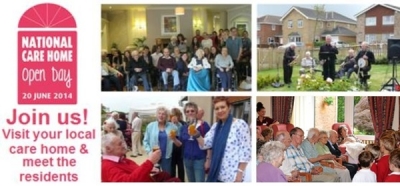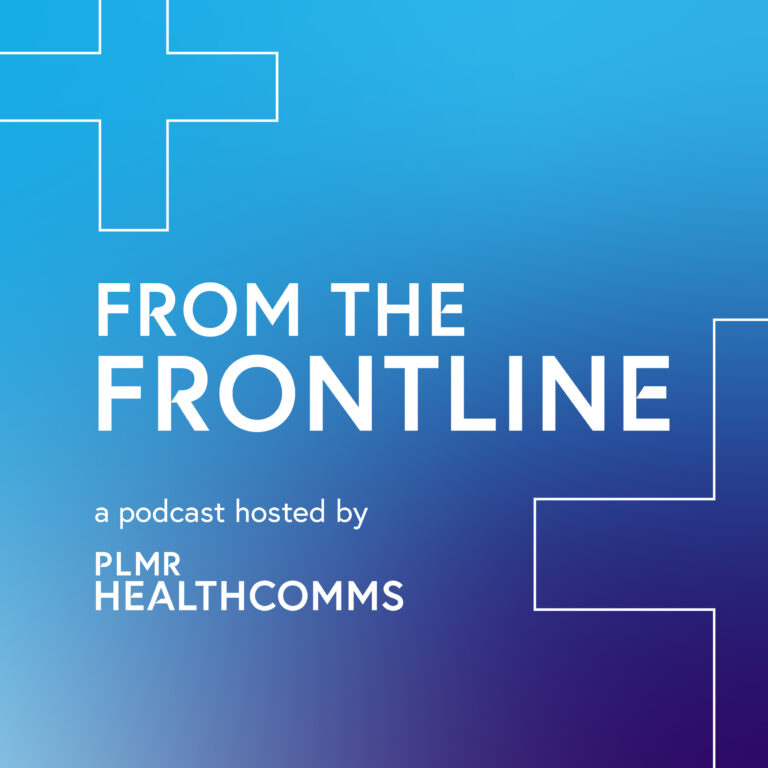National Care Home Open Day is part of a wider move to make the sector more transparent and accessible. Many people outside the care sector only see the negative side of residential care, and they don’t have a clear idea of how care homes operate and the types of care that they provide. What isn’t always obvious to the public is that, in care homes up and down the country, the hundreds of thousands of people who work in care homes are providing high levels of round-the-clock care to our elderly loved ones, day in, day out. Recognising and celebrating this hard work is such an important part of National Care Home Open Day. It gives the public the opportunity to see for themselves the level of care which is available to them and their relatives.
The annual open day is run by a group of leading care providers and associations, and it is aimed at all care homes across the country, both big and small, private providers and those run by local authorities. It is an important event in the care sector’s calendar during which care homes encourage the public to visit with the aim of connecting care homes with their local communities and showing local people the excellent services on offer.
Many MPs, MSPs, AMs, Councillors and CQC Inspectors visited care homes throughout National Care Home Open Day to show their support for residents and staff in the care sector, and to lead their communities in coming together to celebrate the valuable services provided by residential care homes.
To coincide with the FIFA World Cup, this year’s National Care Home Open Day had an international flavour, as South Africa and Australia joined in for the first time. Care homes across the country held a host of ‘around the world’ activities including themed tea parties with international food, colourful fancy dress parties, and musical entertainment. The highlight of the day was the international Mexican wave, which started in Australia and rippled all the way up to the UK. Care homes videoed their Mexican waves and posted them on the social networking site Twitter, carrying the hashtag ‘#CareWave’.
The Care Wave was a huge success, with a Thunderclap tweet reaching 127,322 accounts on Twitter and Facebook. Ricky Gervais tweeted the hashtag ‘#NCHOD’ to his 5.84million followers, and Andrea Sutcliffe, Chief Inspector for Adult and Social Care at the Care Quality Commission also used it. Overall, there were over 1,500 tweets just mentioning the hashtag ‘#NCHOD’, which resulted in 8.28million Twitter impressions.
This year’s ambassador for National Care Home Open Day was highly respected journalist and broadcaster, Gloria Hunniford, who is a keen supporter of issues that affect older people. She encouraged care homes to be as creative as possible with the activities they put on, and to encourage their local community to visit and perhaps even become volunteers in their local care home. Gloria also appeared on local radio throughout the day, urging the public to visit a care home near them.
Whether it was through visiting a home, the media or social media, this year’s National Care Home Open Day reached millions of people across the world, raising awareness of the hard work and dedication of people working in care homes, and demonstrating the great care that is available to our loved ones in our local communities.
This article was first featured in the July/August print edition of Healthcare Business News.
Zoe White is a PLMR Account Executive specialising in health and social care. She worked on helping to promote National Care Home Open 2014.




